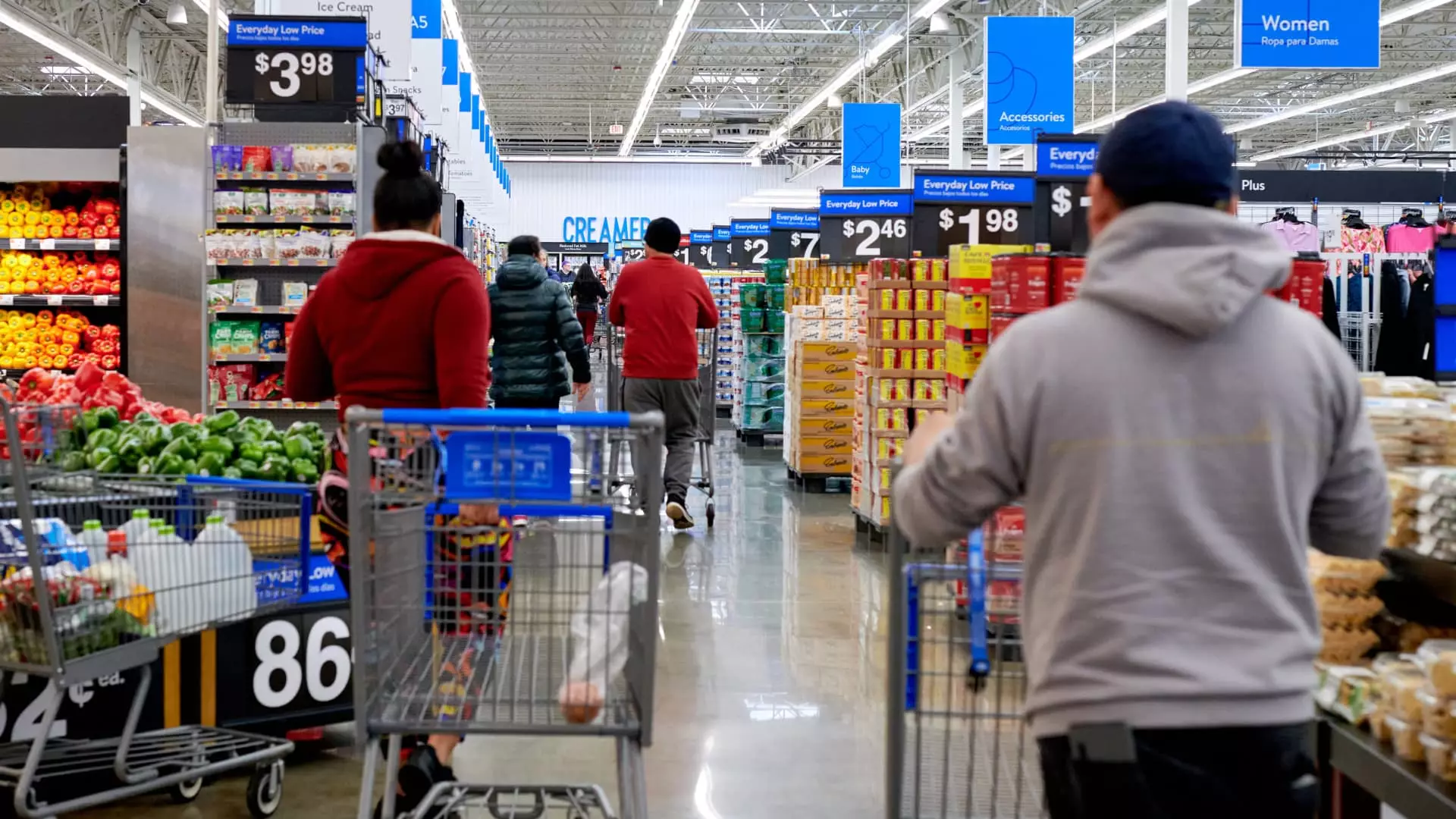The recent survey conducted by Affirm in June revealed some alarming insights regarding Americans’ perceptions of the current state of the U.S. economy. Despite the economy’s strength, a significant portion of the population, 59% to be exact, mistakenly believes that the U.S. is currently in a recession. This misconception is largely due to the challenges faced by individuals in making ends meet and coping with higher costs. According to the survey, many respondents think that the recession began 15 months ago and could potentially last until July of 2025. Such inaccurate perceptions can have serious implications on consumer behavior and economic decision-making.
The reality is that the U.S. economy is actually faring well, with Chief Investment Officer Gene Goldman describing it as a ‘Goldilocks’ economy. Despite initial fears of a recession following the Covid-19 pandemic, the economy has continued to expand. The National Bureau of Economic Research defines a recession as a significant decline in economic activity spread across the economy over an extended period. This definition does not align with the current economic situation in the U.S., where growth has been steady. However, the disconnect between economic reality and people’s financial struggles highlights the need for a more nuanced understanding of the economic landscape.
Even though the U.S. economy is not in a recession, many Americans are facing financial challenges due to high prices and stagnant wages. A significant number of individuals have depleted their savings and are now relying on credit cards to cover their expenses. This reliance on credit cards can lead to a cycle of debt, especially as interest rates rise. The disparity between the wealthy and non-wealthy is also widening, with lower-income households particularly vulnerable to financial strain. Despite the surface-level appearance of a robust economy, the reality for many Americans is quite different.
Indicators of Financial Strain
The growing number of borrowers falling behind on credit card payments is a clear indicator of financial strain among consumers. The New York Fed reported that approximately 9.1% of credit card balances transitioned into delinquency in the second quarter of 2024. This trend suggests that many individuals are struggling to keep up with the rising costs of everyday items and higher borrowing costs. As more consumers stretch their budgets to cover these expenses, there is a heightened risk of financial instability and debt accumulation.
While the U.S. economy remains strong, there is a significant gap between economic reality and individuals’ perceptions of their financial standing. It is crucial for policymakers, economists, and financial institutions to address this disparity and provide support to those facing financial challenges. By understanding the root causes of financial strain and implementing targeted interventions, it is possible to create a more equitable economic landscape for all Americans.

Leave a Reply